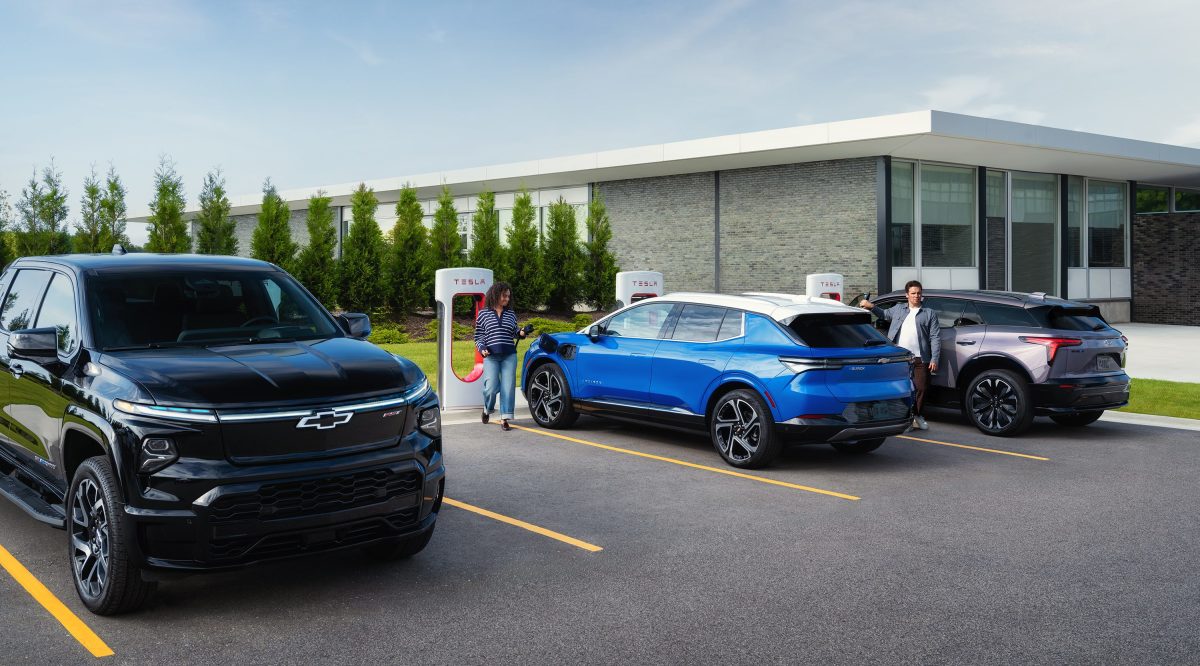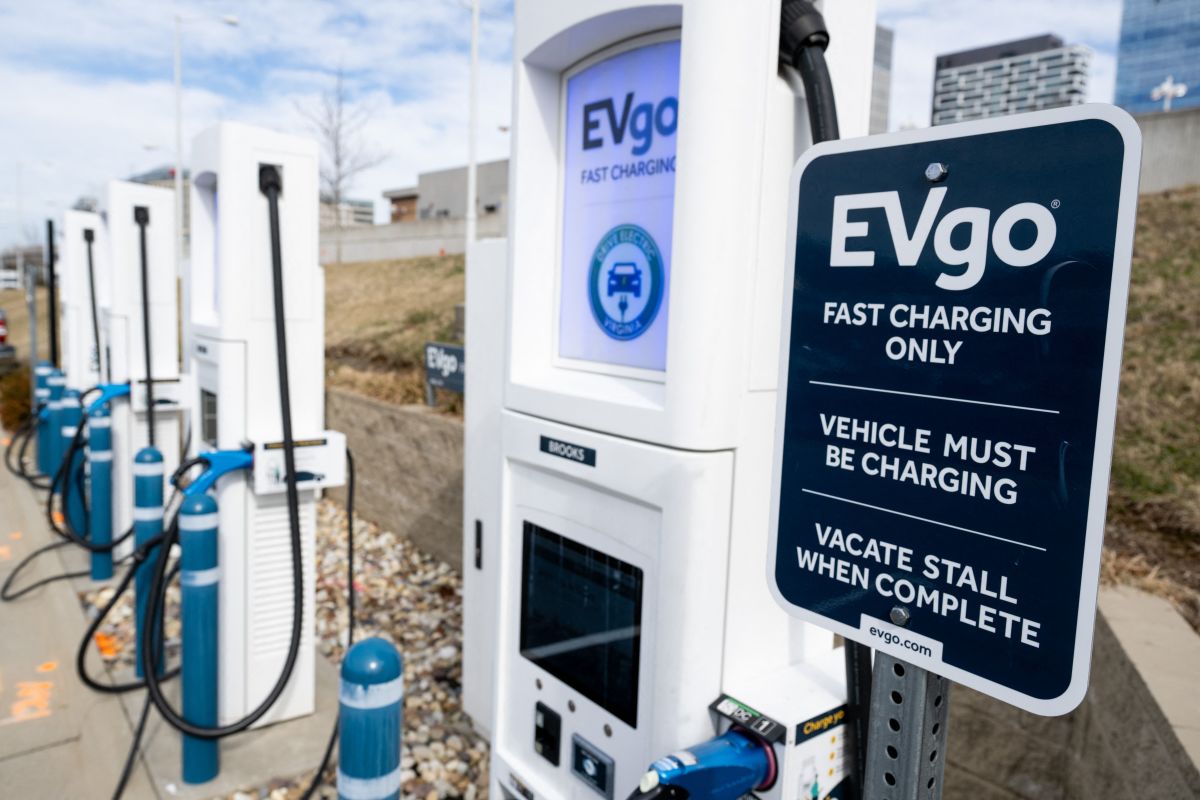The United States added a staggering 992 high-speed EV charging stations in the fourth quarter of 2024—a record-breaking milestone that signals a shift in how Americans fuel up. The surge represents a 37% increase from the previous quarter and reflects growing demand for public chargers. According to Department of Energy data, the U.S. now boasts about 11,800 high-speed charging stations through December, or roughly one for every 12 gas stations.
So, what’s behind this unprecedented push? Retailers, for one, are betting big on EVs. Stores like Target, Costco, and Wawa are leading the charge (pun intended) as they recognize that EV drivers increasingly rely on public stations instead of home charging setups.
Related: Cybertruck sees discount as demand wanes for Elon’s gaudy monstrosity
A fuller web of chargers
Charging stations are popping up in unexpected places, far from the coastal hubs typically associated with EV adoption. In the last quarter alone, 92 stations opened in Texas, 33 in Ohio, 29 in Alabama, and 25 in Oklahoma. EV owners can now power up near the Corn Palace in Mitchell, South Dakota, or in Wyoming’s coal country. Even the Amish Country Store in Lamoni, Iowa, now caters to EVs.
View the original article to see embedded media.
Retailers like Buc-ee’s and Pilot travel centers are seizing the opportunity, while Target alone accounted for about three dozen new stations in late 2024. These businesses aren’t just installing chargers—they’re creating destinations. For drivers, it’s no longer just about charging; it’s about convenience, combining errands or road trip breaks with a top-up.
Related: BYD EVs take the lead over Toyota in Japan, here’s how
Why public chargers matter
For many Americans, charging at home isn’t an option. According to the National Renewable Energy Laboratory, recent EV buyers are less likely to live in single-family homes with private driveways or garages. This makes public infrastructure essential for the continued growth of EVs.
View the original article to see embedded media.
Installing chargers where people are going to be is an “undervalued” but increasingly important step, Alexia Melendez Martineau, senior policy manager at Plug In America, a nonprofit EV advocacy group, told Bloomberg News.
Charging stations at grocery stores, shopping centers, and convenience stores don’t just solve a logistical problem; they also build confidence. That’s a significant step in driving EV adoption when roughly three-quarters of prospective EV buyers say they’re anxious about range limitations with an electric vehicle. As more drivers see chargers while running errands or traveling, they feel more comfortable making the switch to electric.
Related: First Jeep and Dodge EVs finally make it to dealers
Retailers aren’t the only ones driving growth
Federal programs like the Biden Administration’s National Electric Vehicle Infrastructure (NEVI) Formula program are also helping to fill gaps in the charging network. This $5 billion initiative aims to build a nationwide system of chargers, prioritizing areas with sparse infrastructure.

GM
However, most of the recent growth in public charging has come from private investment. By November 2024, only 31 NEVI-funded stations had gone live across nine states.
The Trump administration promised to cut EV incentives, but the NEVI program’s progress might be underestimated. To date, 41 states have issued calls for proposals to build charging infrastructure, and 35 have already secured agreements. Meanwhile, companies like Costco and Wawa are moving quickly without waiting for government incentives.
Related: Why do people keep crashing Ferrari F40s
The EV flywheel effect
The increase in charging stations is fueling what experts call a “flywheel effect.” More chargers mean more visibility for EVs, which encourages adoption. According to data from Kelley Blue Book, Americans bought nearly 366,000 fully electric vehicles in the final quarter of 2024, a 15.2% jump from the same period in 2023.

SAUL LOEB/AFP via Getty Images
Katherine Garcia, director of the Clean Transportation For All campaign at the Sierra Club, told Bloomberg that this is just the beginning. “The installation is continuing on an upward trajectory similar to EV sales,” she said. “And it’s clear that the businesses that are putting in chargers are seeing the benefits.”
Final thoughts
The charging station boom is reshaping the EV landscape. With retailers and government initiatives working in tandem, the future of EV infrastructure looks bright. As more stations open in places where they’re most needed—whether that’s a Target parking lot or a remote travel stop—drivers will have fewer excuses to stick with gas-powered cars.
The incoming Trump administration’s plans to repeal various pro-EV policies, including emissions requirements and the federal EV credit, may place a speed bump in the expansion of the electric vehicle sector, but experts say there’s no stopping the trend.
Related: Ford F-150 Lightning: What’s to love, and what might hold you back